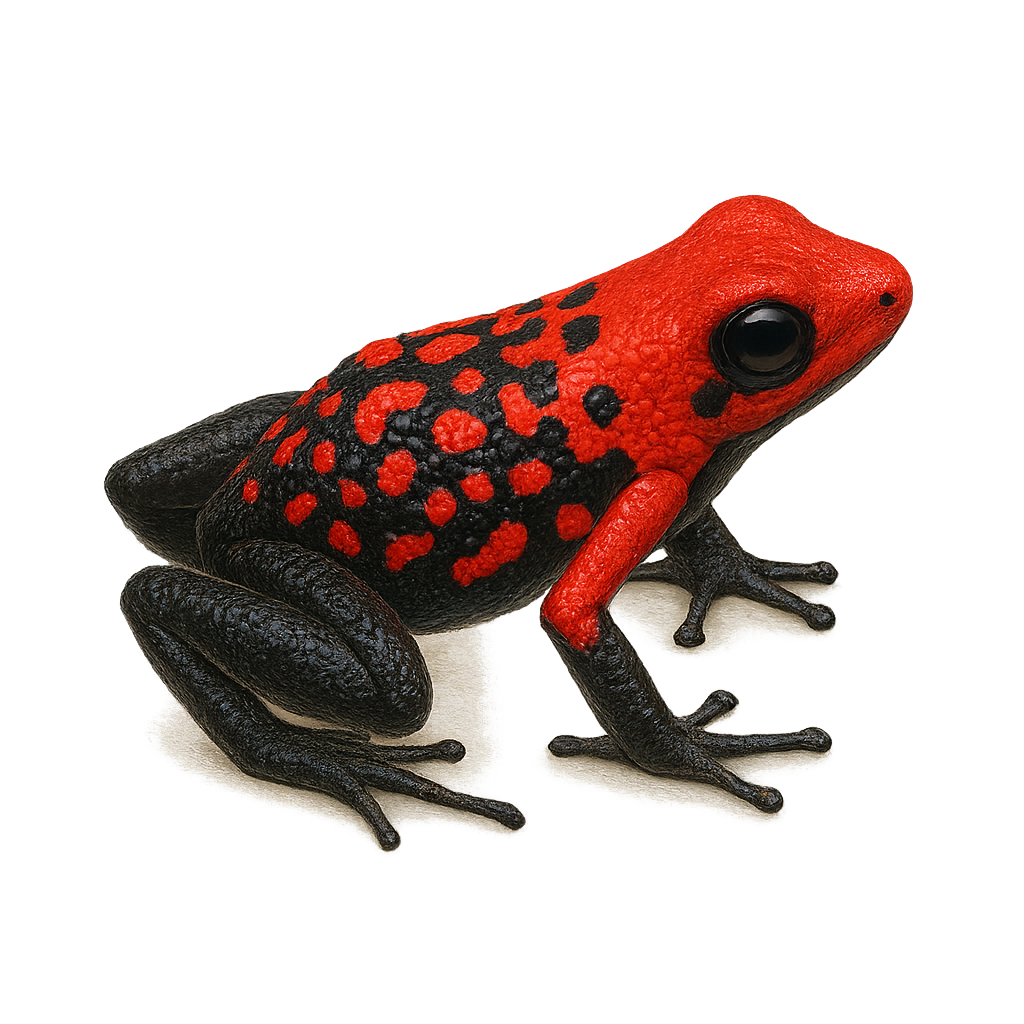Your wildlife photography guide.
Explore the silverstone's poison frog in detail, study its behavior, prepare your shots.
Where to observe and photograph the silverstone's poison frog in the wild
Learn where and when to spot the silverstone's poison frog in the wild, how to identify the species based on distinctive features, and what natural environments it inhabits. The WildlifePhotographer app offers tailored photography tips that reflect the silverstone's poison frog’s behavior, helping you capture better wildlife images. Explore the full species profile for key information including description, habitat, active periods, and approach techniques.
Silverstone's Poison Frog
Scientific name: Ameerega silverstonei

IUCN Status: Least Concern
Family: DENDROBATIDAE
Group: Amphibians
Sensitivity to human approach: Suspicious
Minimum approach distance: 2 m
Reproduction period: December to January
Incubation: 10–14 jours
Births: January to February
Habitat:
humid tropical forests, dense undergrowth
Activity period :
Primarily active during the day, with peak activity in the morning and late afternoon.
Identification and description:
The Ameerega silverstonei, commonly known as Silverstone's Poison Frog, is a captivating species from the Dendrobatidae family. It is renowned for its vibrant colors, typically a mix of blue and black with distinctive patterns, which serve as a warning to potential predators of its toxicity. Native to the humid tropical forests of Peru, this frog prefers habitats rich in vegetation where it can hide and feed on insects. It is diurnal, meaning it is active during the day. Although its conservation status is not critical, deforestation and habitat loss pose potential threats to its survival.
Recommended lens:
Macro – adjust based on distance, desired framing (portrait or habitat), and approach conditions.
Photography tips:
To photograph the Silverstone's Poison Frog, it is advisable to use a macro lens to capture the details of its colorful patterns. Approach slowly and carefully to avoid startling it, maintaining a distance of at least 2 m. Look for it in the humid undergrowth where it is often active during the day. Natural morning or afternoon light is ideal to highlight its vibrant colors. Be patient and wait for it to perch on a leaf or branch to get the best angle.
The WildlifePhotographer App is coming soon!
Be the first to explore the best nature spots, track rutting seasons, log your observations, and observe more wildlife.
Already 1 439 wildlife lovers subscribed worldwide

